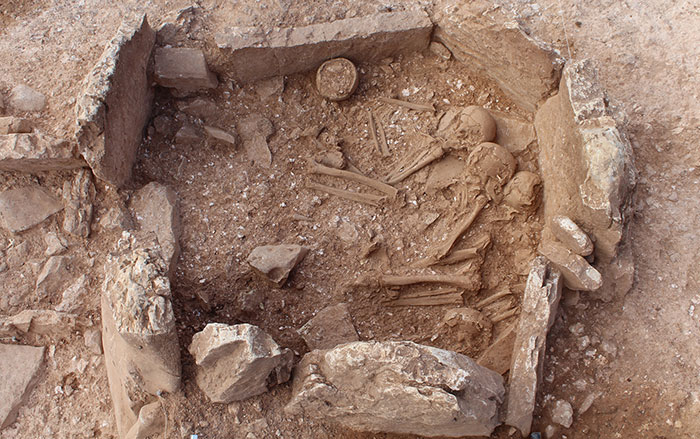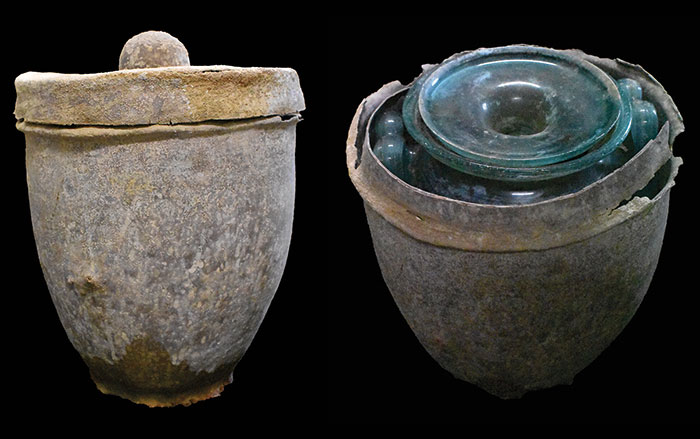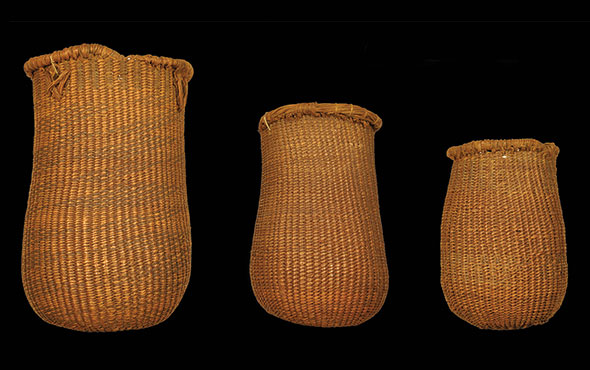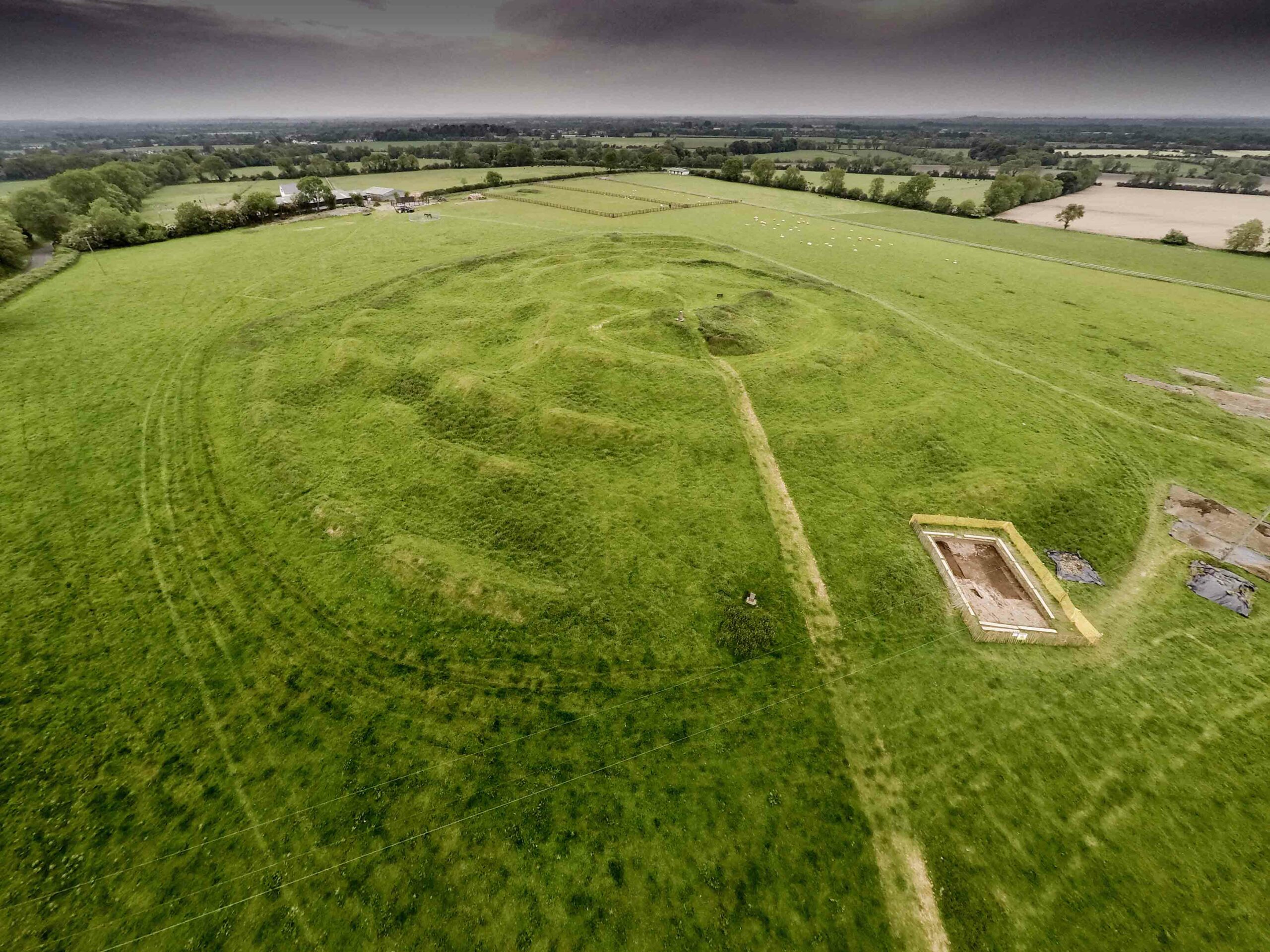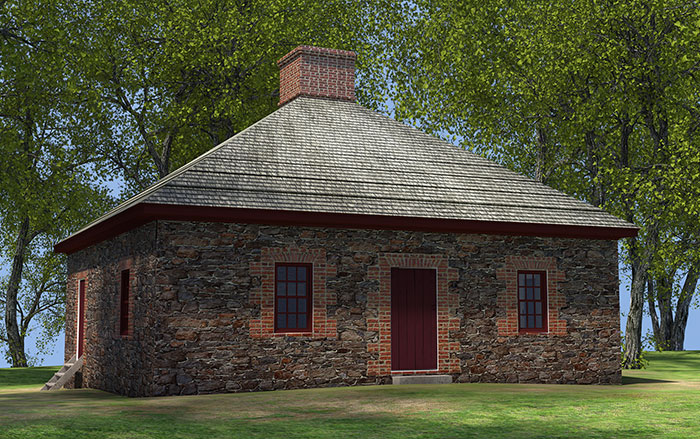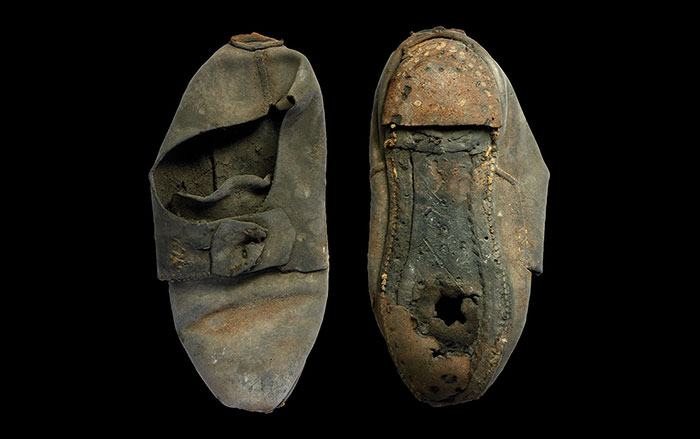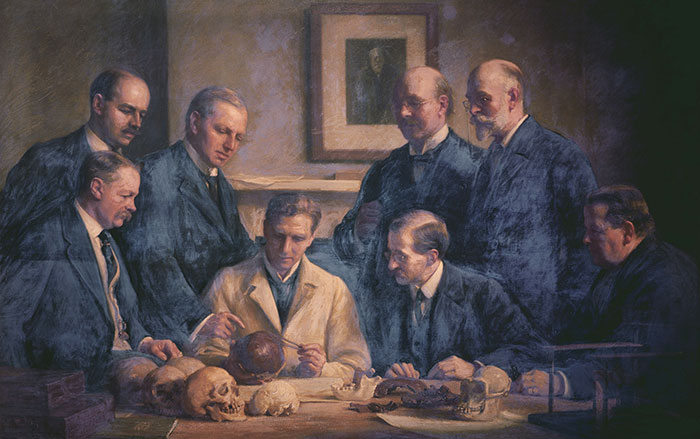
YORK, ENGLAND—The Deccan Herald reports that scientists from the University of York and the Universitat Autònoma de Barcelona analyzed dental plaque taken from 1.2-million-year-old hominin remains recovered in northern Spain’s Sima del Elefante. Microfossils in the plaque suggest that the hominin ate raw animal tissue, uncooked grasses, pollen from a species of pine, and insects. The researchers also found possible fragments of a toothpick. All of the materials were uncharred, and there was no microcharcoal, or evidence that the individual had inhaled any smoke, in the sample. So far, the earliest known evidence for the use of fire in Europe is 800,000 years old and was found at Cueva Negra, in southeastern Spain. A site of similar age has been found in Israel, and possible sites for very early use of fire have been found in Africa. Taken together, the evidence suggests that human ancestors began using fire and cooking food sometime between 1.2 million and 800,000 years ago. Karen Hardy of the University of York noted that cooked food provides more energy, and may have fueled an evolutionary increase in brain size. The date of the remains coincides with the possible development of salivary amylase, an enzyme necessary to digest cooked starchy foods. To read in-depth about investigation of ancient dental plaque, go to “Worlds Within Us.”



